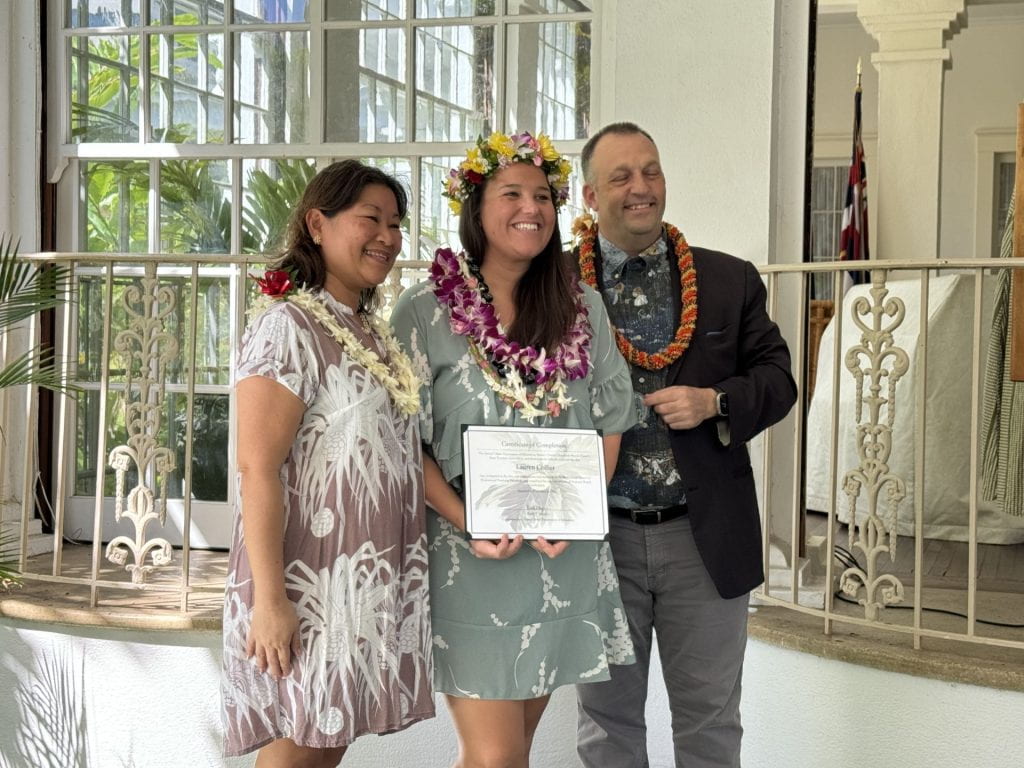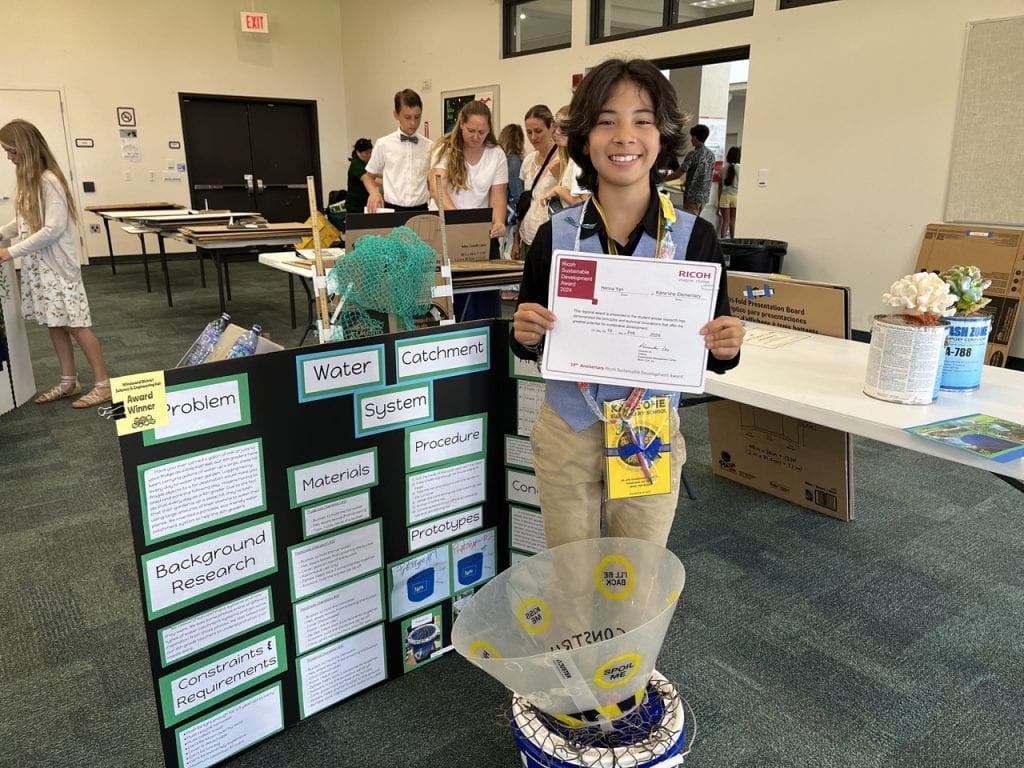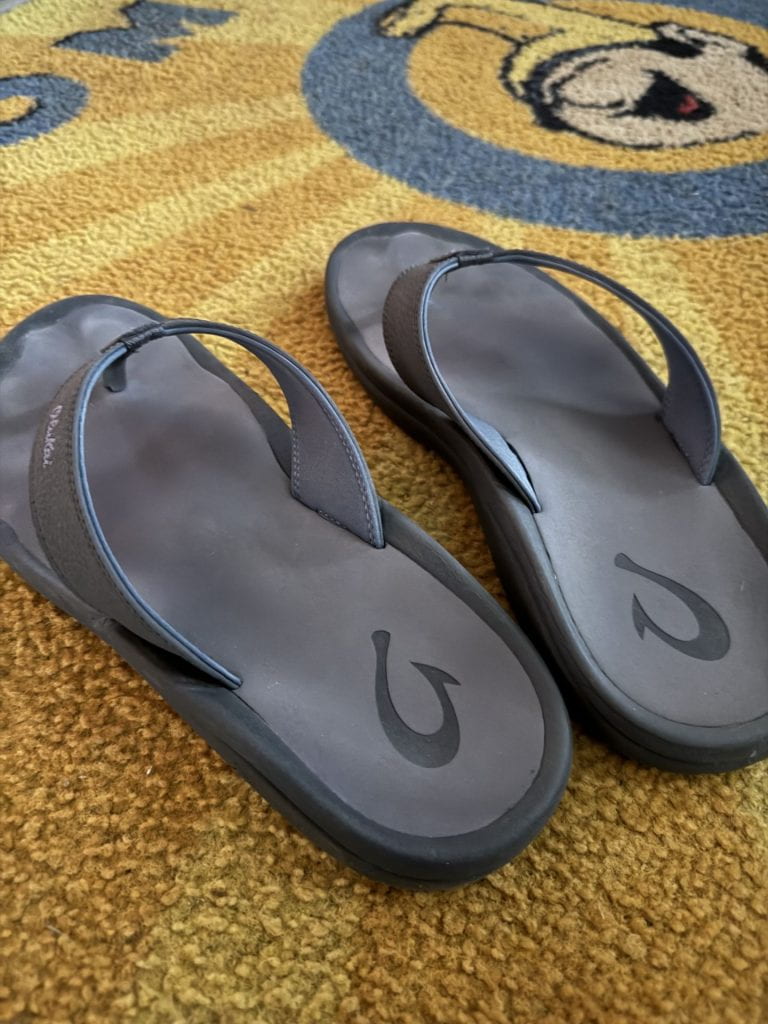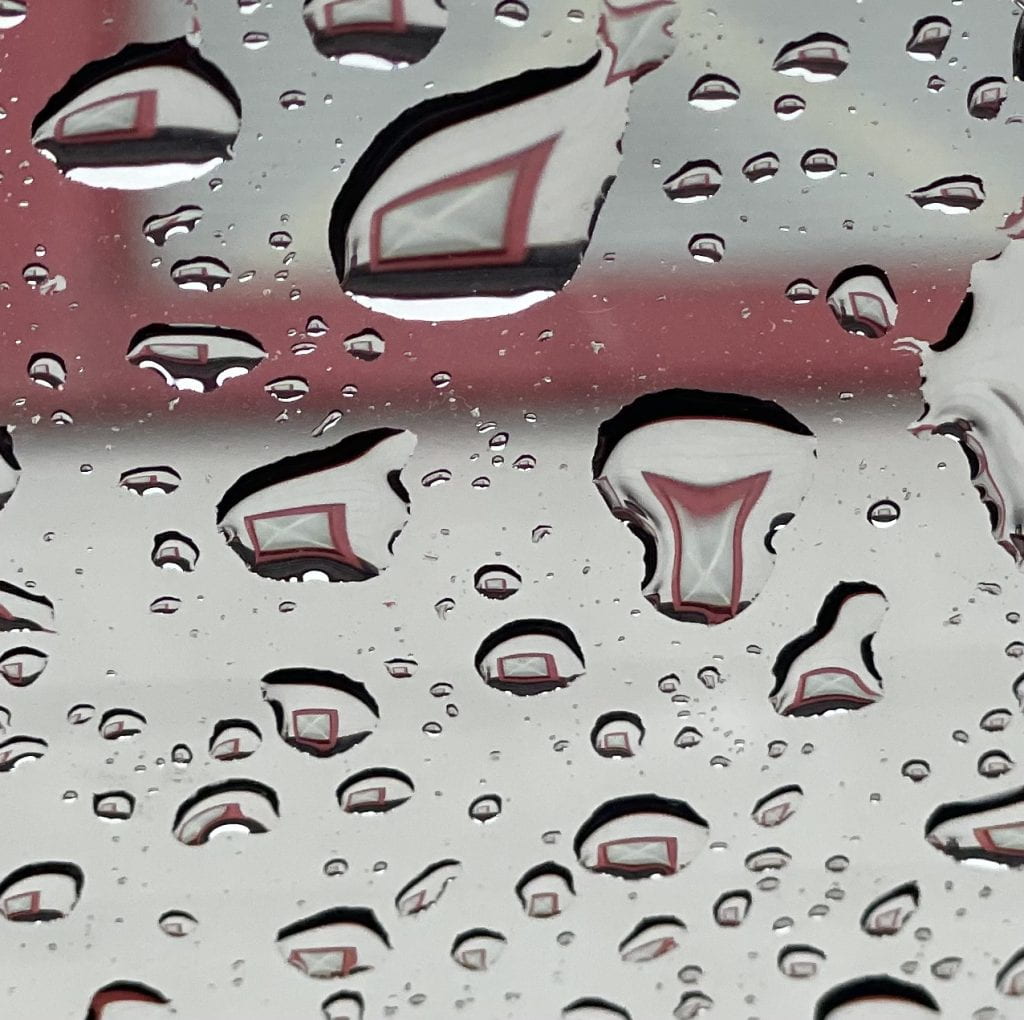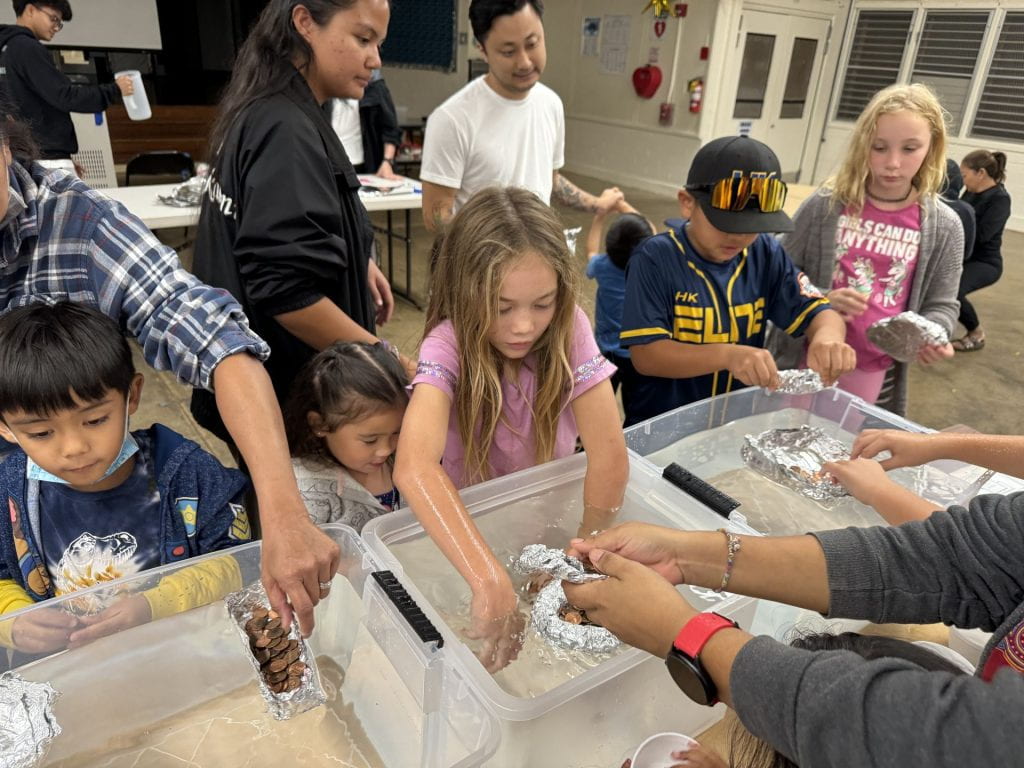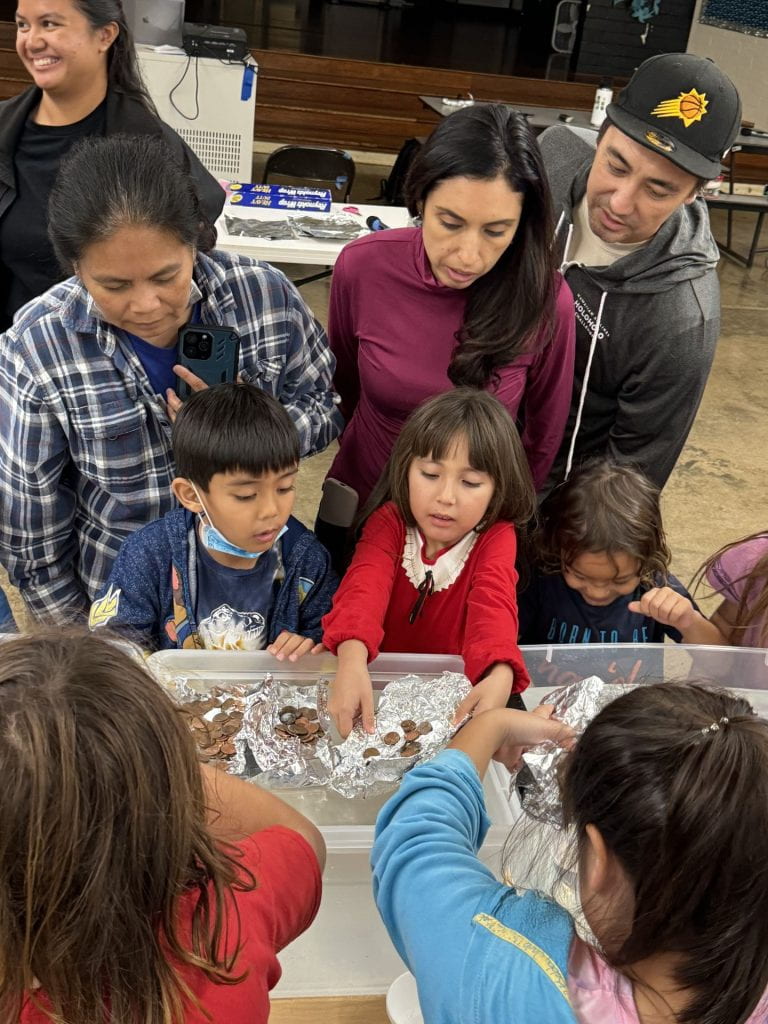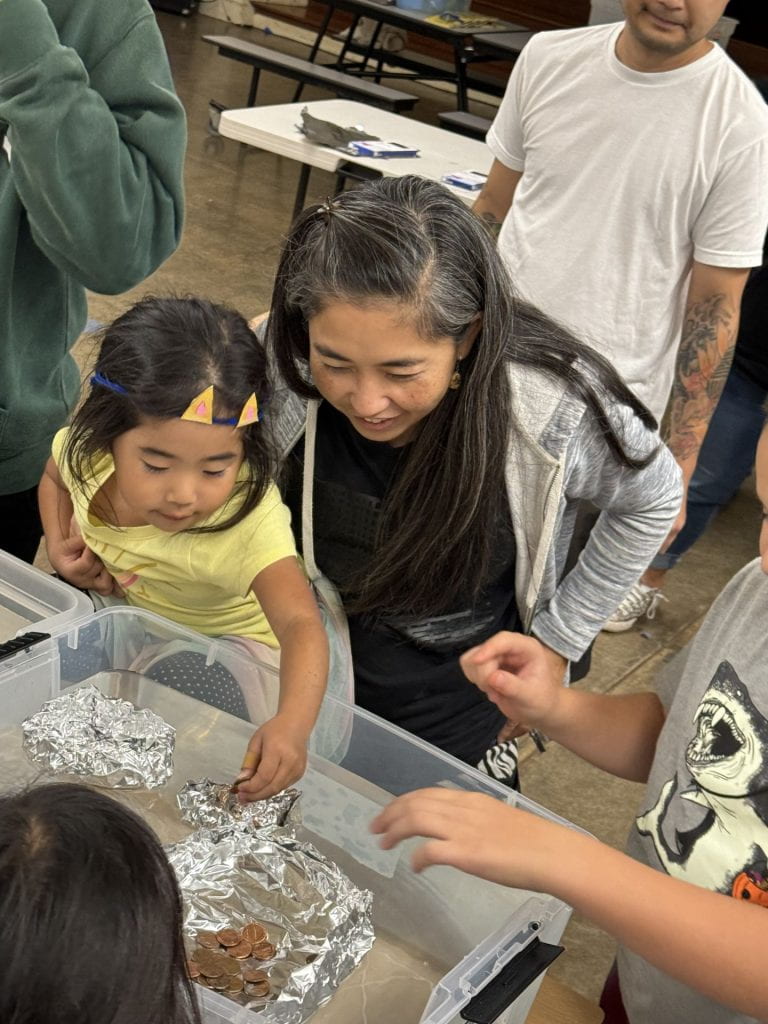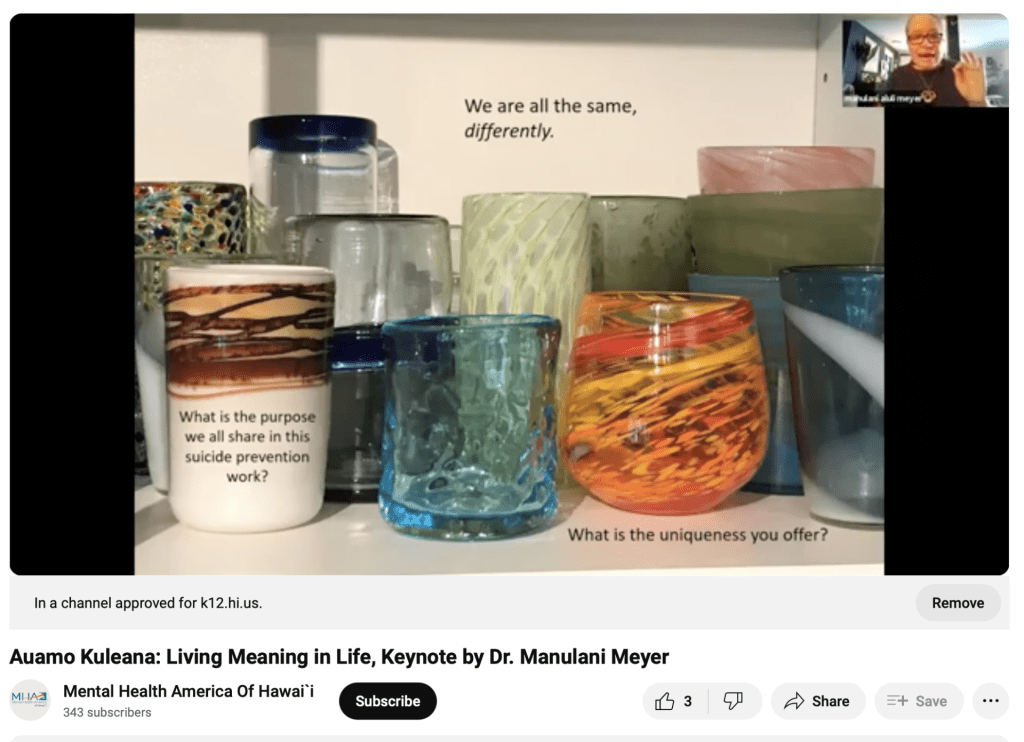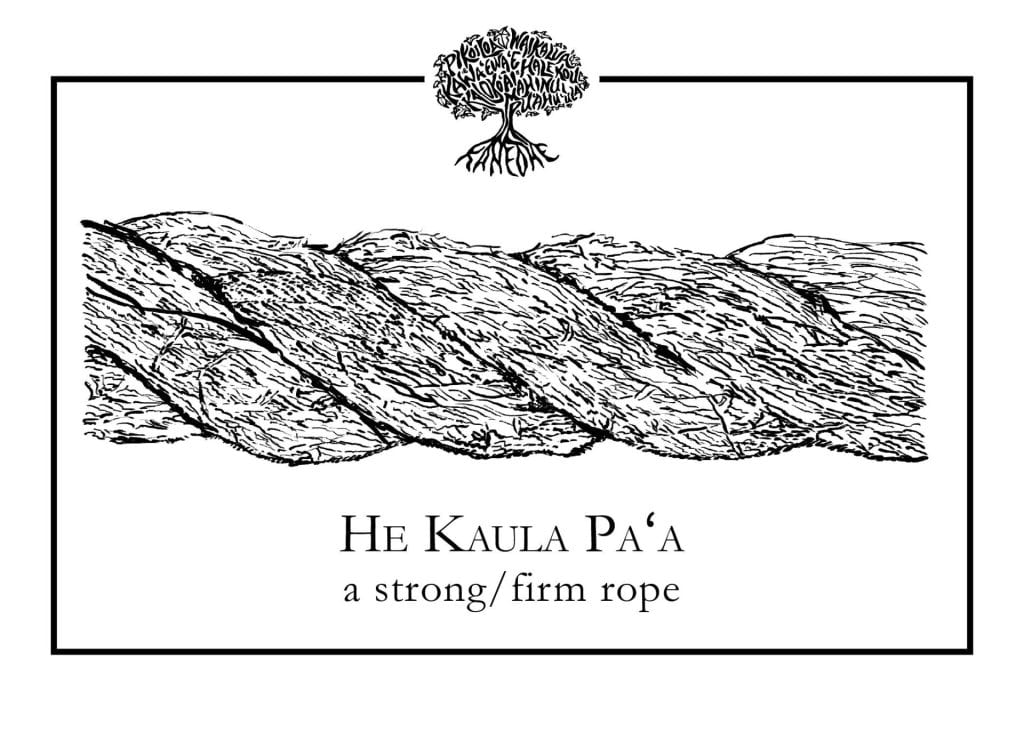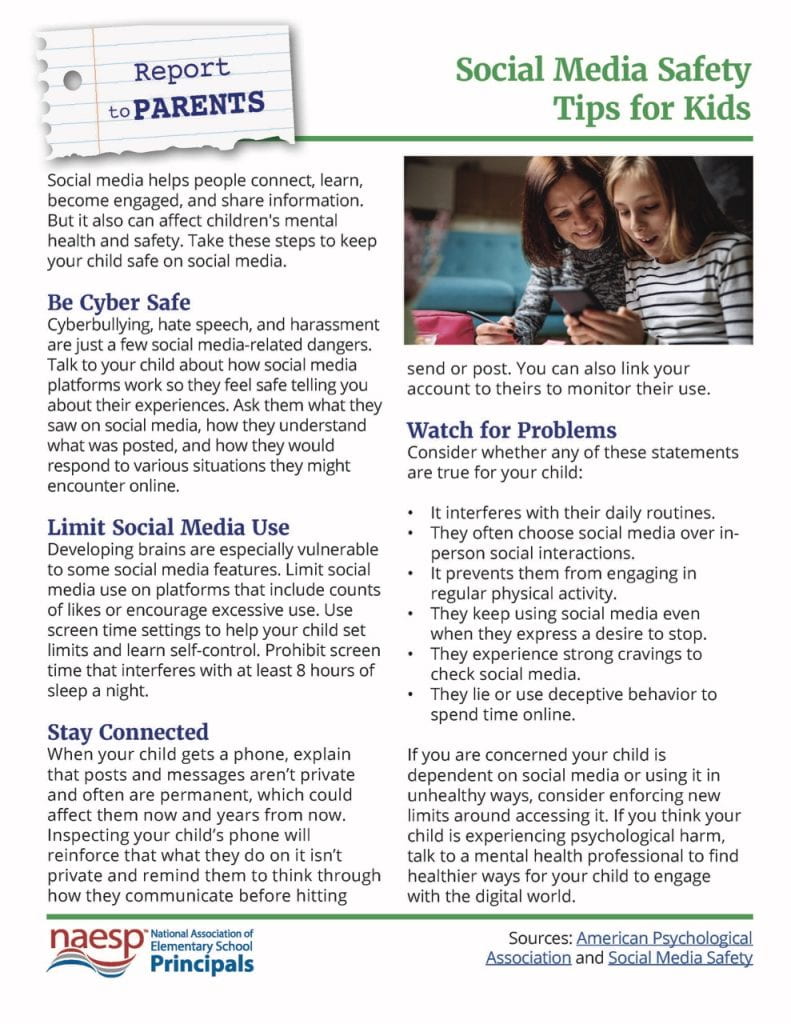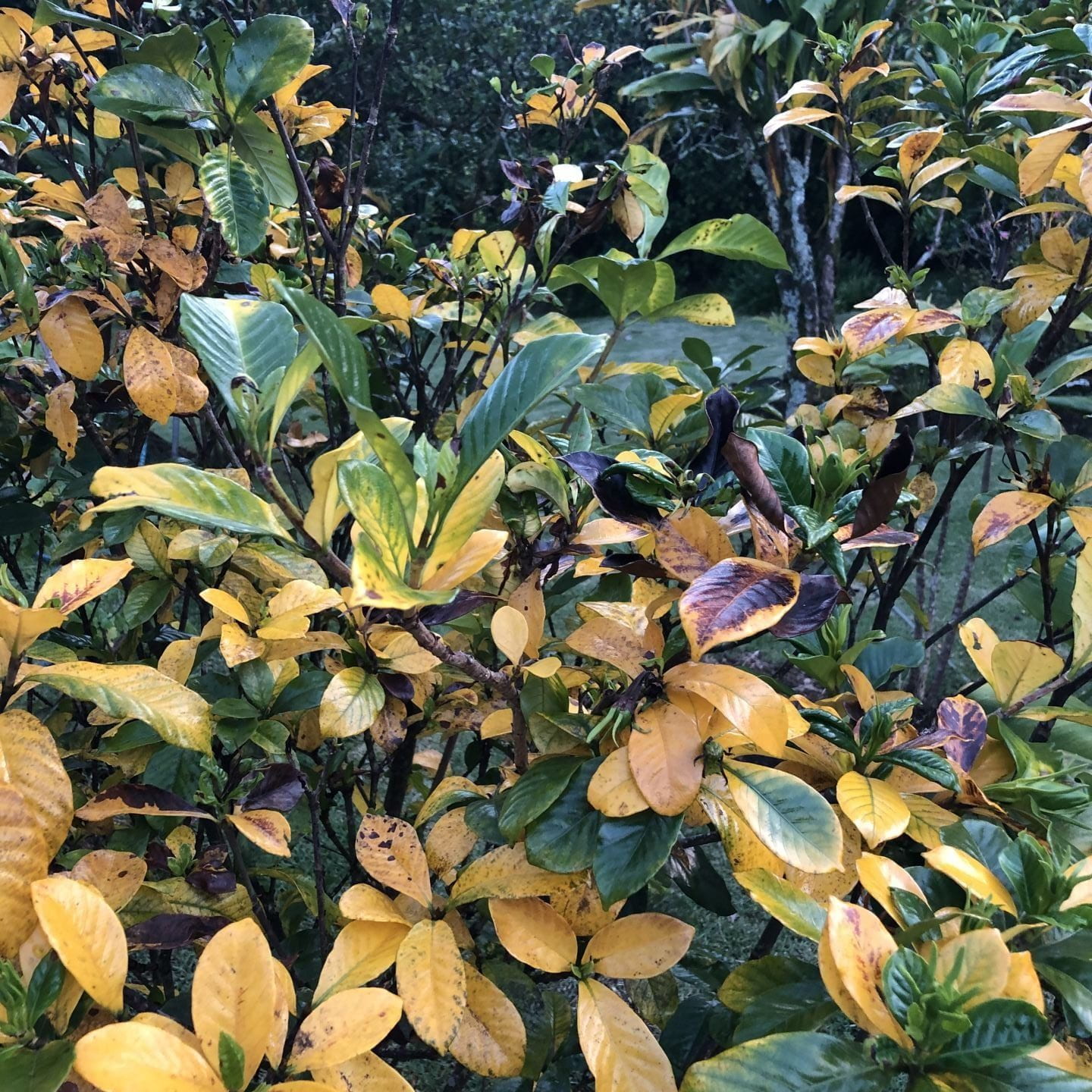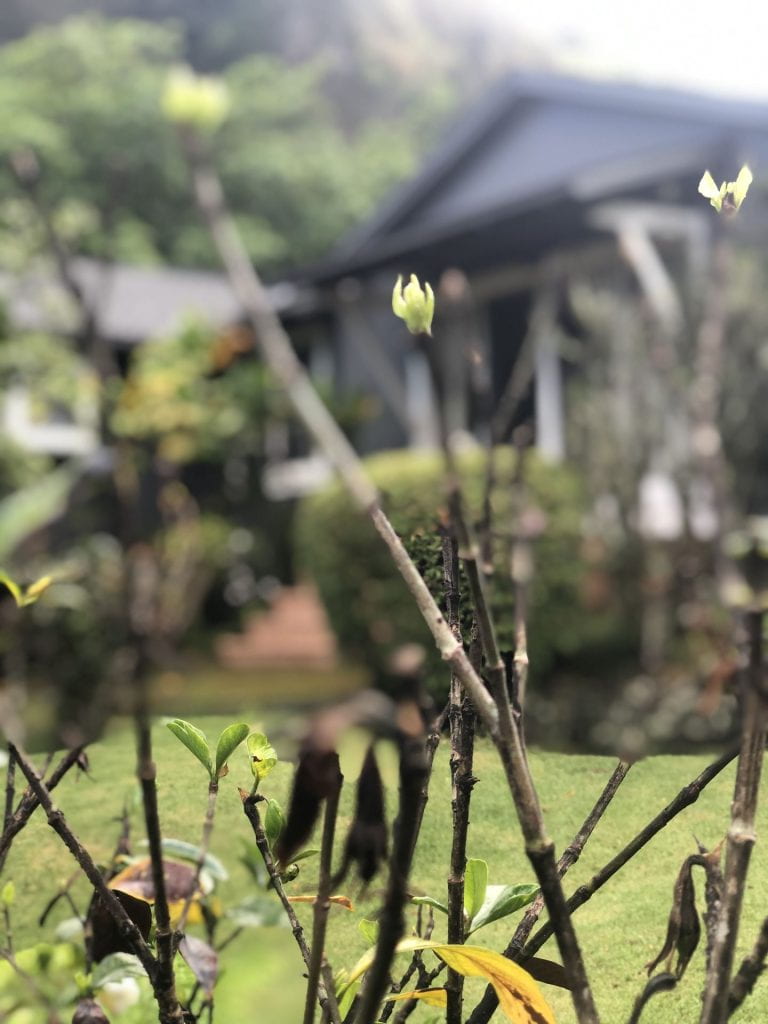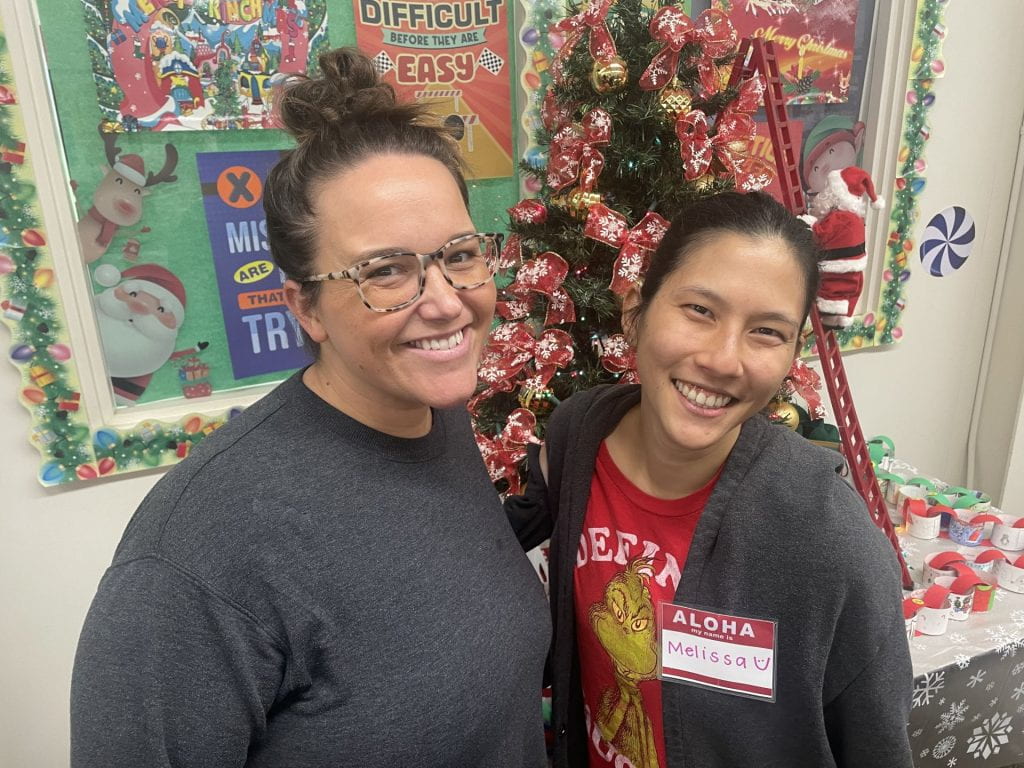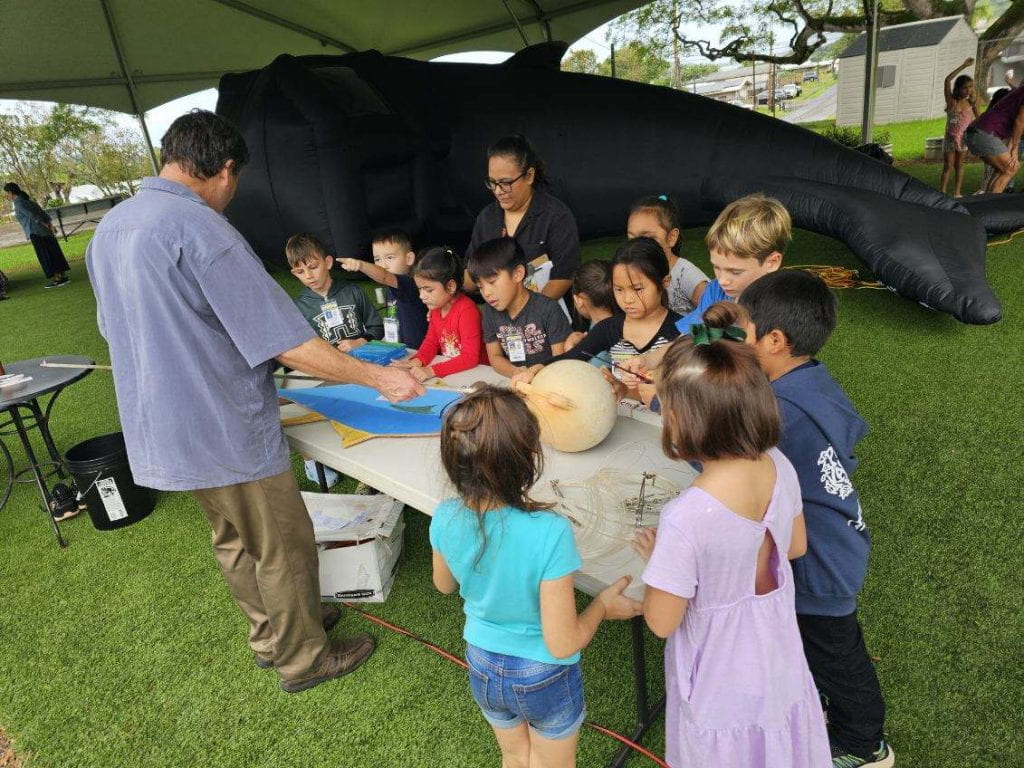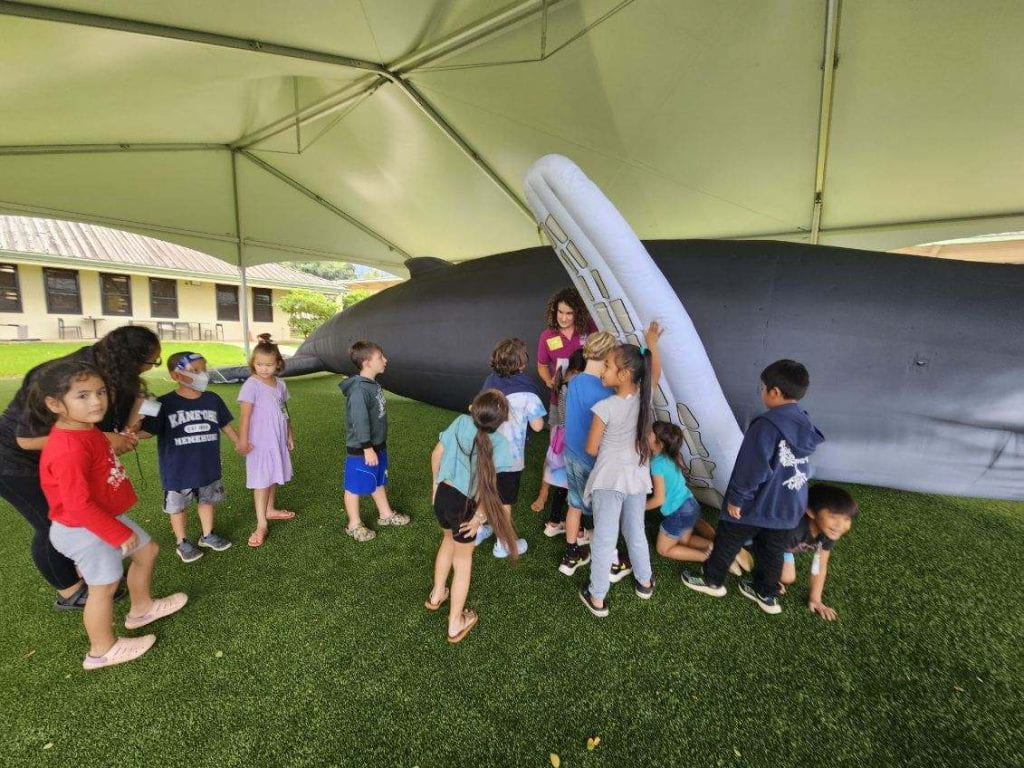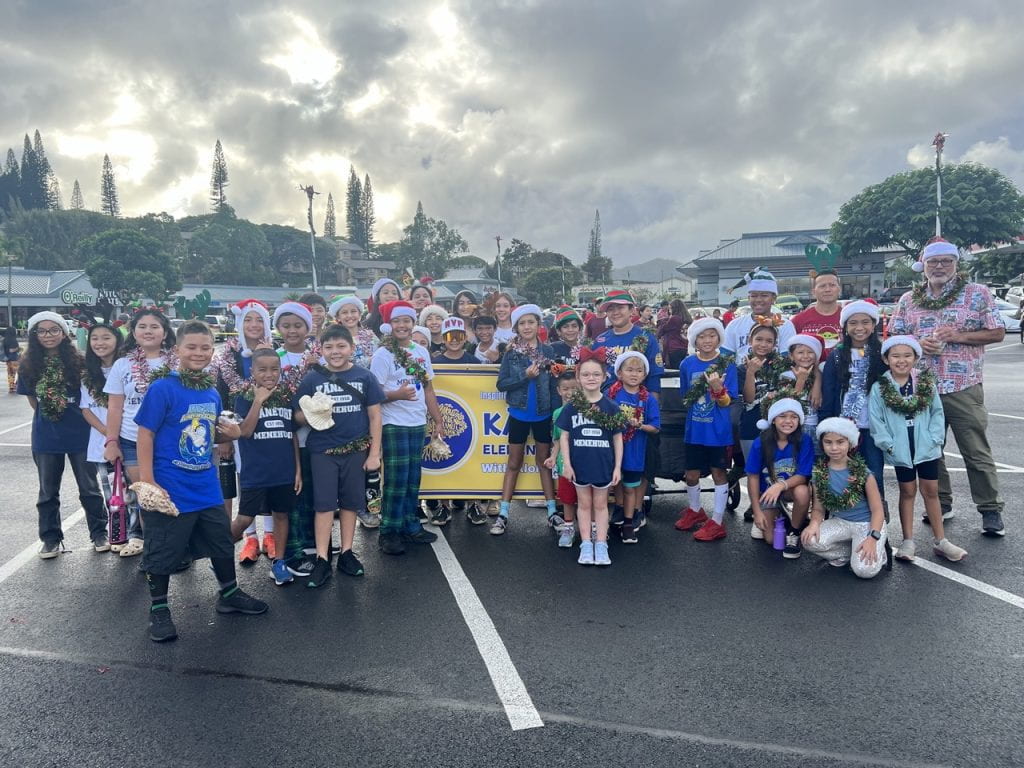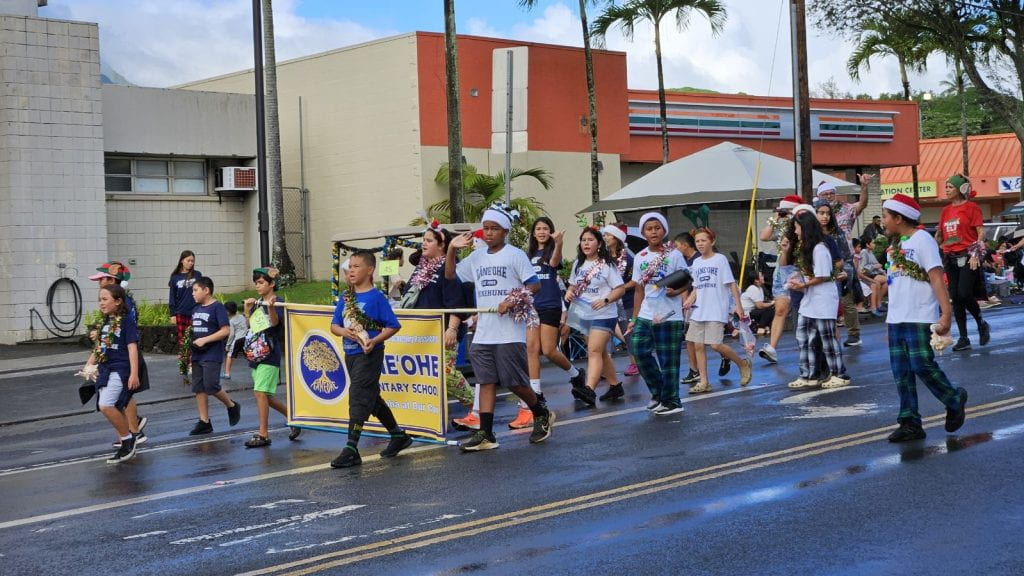Modest, gentle, unassuming, unpretentious, unobtrusive, docile, decorous, meek, suave; meekness, modesty.
Pukui, Mary Kawena, Elbert, Samuel H. (1965). Hawaiian Dictionary
ALOHA FOCUS FOR THE WEEK: AKAHAI
As I sat on the tarmac, I began to feel anger and frustration fill my thoughts. My flight to Tucson had already been delayed thrice due to heavy traffic at other airports, each time pushing our departure back by an hour. When the plane finally arrived, the staff rushed to empty the plane, give it a cursory cleaning, and get us on-board. As the plane pulled away from the jetway, the pilot announced tailwinds would assist in making up some of the lost time. I felt a sense of relief. Finally we are on our way.
The plane rolled to a stop on the runway, possibly waiting in a queue to take-off. Then the air conditioning shut down and the plane began to feel warmer. After ten minutes, the pilot announced we were experiencing a mechanical issue and ground crews were attempting to fix it. “It should only take a few minutes.” Minutes passed. The flight attendants began passing out water. It’s never a good sign when you’re sitting on the tarmac and they pass out water. Finally, the pilot said we would need to return to the terminal to resolve the issue. Minutes passed before the plane’s engines whirred to life and slowly propelled the plane to it’s starting point.
People became impatient, just audibly mumbling their complaints. Some interrogated the flight attendants who knew little more than we did. I too allowed myself to feel upset and agitated. I had planned to eat dinner at 9, just after our planned arrival time. As the waiting in the plane stretched out the landing time to 10 and then 10:30 and now 11 at the earliest, my stomach growled in protest.
But then, I thought about the accident that occurred recently where a door plug blew off of a plane. What if the mechanical issue were similar? The ground crew and pilot were trying to keep us safe. The flight crew were doing their best to keep us calm and comfortable despite the challenging conditions. As I reflected upon their acts of akahai, my patience reset and gratitude filled my heart.
Martin Luther King Jr. famously wrote, “Darkness cannot drive out darkness; only light can do that. Hate cannot drive out hate; only love can do that.” I need to remind myself to recognize the acts of akahai that occur everyday. Even the smallest of acts, when filled with love, drive out the hate. Some might see it as just doing their job – like teachers teaching, counselors counseling, and parents parenting – but the results of their love-filled acts make our children better, even if just a little bit, everyday.
So I am grateful for those who got me and the other passengers to Tucson. We weren’t on-time, but we arrived safe and ultimately that’s what matters the most.
5 PURSUITS of AKAHAI
Inspired by Gholdy Muhammad
In honor of Black History Month, I will be featuring stories written by and featuring people of African descent.
Please watch The Kindest Red written and read by Ibtihaj Muhammad also co-authored by S. K. Ali and illustrated by Hatem Aly. Then with you child, answer the following:
- IDENTITY: What are examples of the kindness that is passed along in your family?
- SKILLS: After reading the book, what do you think the title means?
- INTELLECT: Research the author Ibtihaj Muhammad who was the first American Muslim woman to wear hijab while competing at the Olympic Games.
- CRITICALITY: The main character, Faizah, wants ‘a kind world.’ What does this mean to you? Do you think the world we live in is kind? What makes you think this? How can we make the world kinder?
- JOY: Together, draw your idea of a kind word.
SEE SPONGE BOB SQUAREPANTS THE MUSICAL LIVE AT CASTLE
Buy your tickets now to see our wonderful performers across the Castle Complex including, Kaeten Miyashiro Manatad; Kameron Goohue-Souza-Kaululaa; Kobe Bruhn; Sariah Ava; Ariana Tanoye; Grezyn Nagao; and Makalehua Pelletier, in Sponge Bob Squarepants the Musical (Youth Version) There are only three shows, February 23 – 25. so secure your seat today at https://www.showtix4u.com/event-details/79651
PIKO CANCELLED FOR FEB 20-21
If you join us for our virtual piko, please know that we will be cancelling Piko for February 20 – 21 due to half the school attending the Sponge Bob Squarepants Jr. show at Castle Theater on either day. Virtual piko will resume on Thursday, February 22.
KINDERGARTEN REGISTRATION AND GES
We are accepting applications for kindergarten for children turning 5 by July 31, 2024. If your child requires a Geographic Exception (GE), please submit your application as soon as possible. The deadline for submittal is March 1, 2024. All kindergarten GEs received after the deadline will be placed on a waiting list and will be accepted as space becomes available. If you have any questions about this or any other kindergarten related business, please call me or our registration clerk, Brigette Leavy, at 305-0000.
CONTINUED PRACTICES:
NOʻAHUNA OF ALOHA
See Uncle Pono Shim explain the Noʻahuna, the esoteric meaning, of Aloha as taught to him by Aunty Pilahi, the Keeper of Secrets.
WEAR PINK FOR MAUI WEDNESDAYS
Join us in letting “that light, that divine inspiration that Aunty Pilahi Paki says is given to you at your very beginning, come through and let your ALOHA join with the ALOHA of the collective to bring about healing.”
DAILY VIRTUAL PIKO
At the Daily Piko, we share thoughts on the Aloha value for the week which helps us become centered and ready to learn. We begin at 8 AM everyday except Wednesdays.
UPCOMING EVENTS
| Mon, Feb 18, 2024 | Presidents Day Holiday – No School |
| Wed, Feb 28, 2024 5 – 6 PM | School Community Council Meeting Join by Zoom |
| Wed, Mar 13, 2024 4:30 – 5:30 | Wellness Meeting Join by Zoom |
| Fri, Mar 15, 2024 | KES Fun Run |
| Mar 18 – 22, 2024 | Spring Break |

